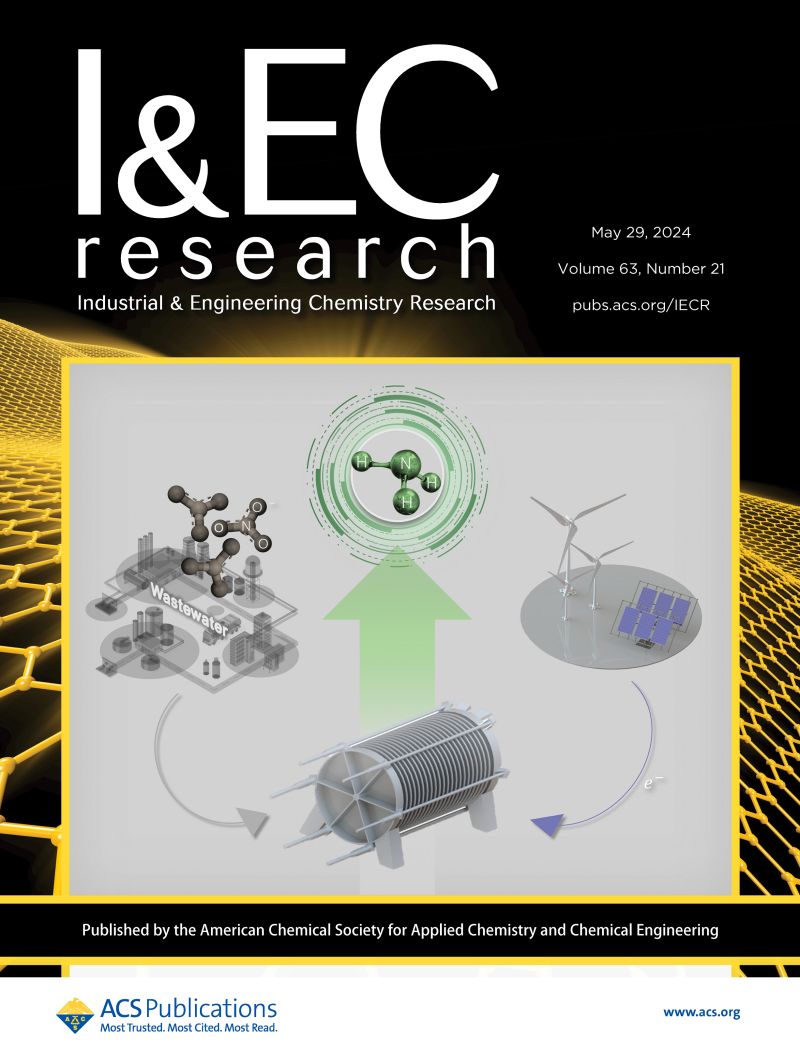High-Performance Engineered ZIF-67@PES Beads for Uranium Extraction from Aqueous Solutions
IF 3.8
3区 工程技术
Q2 ENGINEERING, CHEMICAL
引用次数: 0
Abstract
This study presents the synthesis and performance evaluation of zeolitic imidazolate framework-67 (ZIF-67) polymer composites for uranium removal from aqueous solutions. The composites were synthesized by embedding ZIF-67 into poly(ether sulfone) (PES) beads via a phase inversion technique, yielding ZIF-67@PES beads. These beads are engineered for practical application in various aqueous streams, offering enhanced stability, reusability, and ease of operation. Furthermore, the uranium sorption capacity of the ZIF-67@PES composite was systematically evaluated under various physical conditions. The study examined the pH effect and equilibration time effect on uranium sorption, revealing that the beads achieved over 90% sorption efficiency within a pH of 3–7, and optimum sorption was achieved at pH 6, aligning with the pH of most natural water bodies. Kinetic analysis revealed that equilibrium was achieved within 90 min. The Langmuir isotherm model revealed a maximum uranium adsorption capacity of 83.26 mg U/g of the sorbent. ZIF-67@PES beads exhibited a superior performance compared to several previously reported sorbents, effectively removing uranyl ions while mitigating the effects of competing ions, underscoring their suitability for seawater treatment. Additionally, the beads exhibited successful sorption–desorption cycles, which demonstrated the beads’ reusability. The superior sorption capacity, selectivity, and reusability of ZIF-67@PES beads establish them as a promising material for uranium recovery, offering a sustainable approach to nuclear fuel resource management and environmental remediation.

求助全文
约1分钟内获得全文
求助全文
来源期刊

Industrial & Engineering Chemistry Research
工程技术-工程:化工
CiteScore
7.40
自引率
7.10%
发文量
1467
审稿时长
2.8 months
期刊介绍:
ndustrial & Engineering Chemistry, with variations in title and format, has been published since 1909 by the American Chemical Society. Industrial & Engineering Chemistry Research is a weekly publication that reports industrial and academic research in the broad fields of applied chemistry and chemical engineering with special focus on fundamentals, processes, and products.
 求助内容:
求助内容: 应助结果提醒方式:
应助结果提醒方式:


